Perio Other – Plaque
Dental plaque is a biofilm or collection of bacteria which grows on the surfaces of the mouth. In the beginning, this plaque is colorless and sticky. Once the tartar forms, however, it can turn to a brownish or pale yellow color. It often exists in hard to reach places between the teeth, on the front surface of the teeth, behind teeth, on chewing surfaces, along the gumline and below the gumline. Bacterial plaque a primary cause for tooth decay and gum disease.
When plaque is able to build-up and progress, it can ultimately cause tooth decay. The acid which is produced from the bacterial degradation of fermentable sugar causes destruction to the tissues of the tooth. This can also result in gingivitis and periodontitis. In order to maintain healthy teeth and gums, is critical to remove and disrupt the bacteria. The build-up and removal of plaque can be achieved with brushing of the teeth twice daily and regular flossing.
Oral hygiene is critical as it is possible for dental biofilms to become acidic which results in the demineralization of the teeth. This process is called dental caries or cavities. These biofilms are also able to harden into dental calculus or tartar. It is not possible to remove calculus with regular brushing of the teeth and flossing at home. A professional cleaning is required for proper removal.
Formation of Plaque
Dental plaque is a biofilm which attaches to tooth surfaces over time. I is also able to attach to dental restorations and prosthetic appliances including dentures and bridges. In order to keep it under control, it is important to understand the formation, composition and characteristics of plaque. An acquired pellicle is a term used to describe a layer of saliva which is comprised of glycoproteins. The layer forms shortly after the teeth are cleaned or when new teeth erupt. Bacteria is able to attach to the pellicle layer and form micro-colonies which mature on the tooth. This can ultimately cause oral diseases.
Components of Plaque
There are a variety of different types of bacteria which are commonly present in the mouth. These various bacteria are part of a healthy and normal mouth, and contribute to a patient’s overall health. Approximately 80–90% of the weight of plaque is made up of water, nearly 70% of the dry weight is made up of bacteria and the remaining 30% is comprised of polysaccharides and glycoproteins.
Bacteria
Most of the microorganisms which form biofilm include Streptococcus mutans (S. mutans) and other anaerobes. The precise composition of biofilm will vary based on the specific location in the mouth. S. mutans and other anaerobes are the first to colonize of the surface of the tooth. These microorganisms play a critical role in the establishment of the first biofilm community. These microorganisms each naturally exist within the oral cavity and for the most part, are harmless. The inability to effectively remove plaque through regular tooth-brushing, however, allows the microorganisms to proliferate and establish a thick layer on the tooth. As a result of their ordinary metabolism, they can also cause various dental diseases. The microorganisms which are near the surface of the tooth, typically obtain their energy through the fermentation of dietary sugar. They begin to produce acids during the fermentation process.
The position of the bacterial equilibrium can vary during the different formation stages. Below is a summary of the bacteria which may be present during the various phases of plaque:
- Early biofilm: mainly Gram-positive cocci
- 3-4 days older biofilm: increased levels of filaments and fusiforms
- 4-9 days undisturbed: more complex flora with rods, filamentous forms
- 7-14 days: Vibrio species, spirochetes, more Gram-negative organisms

